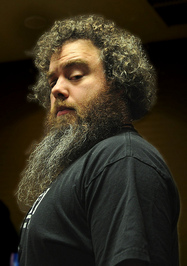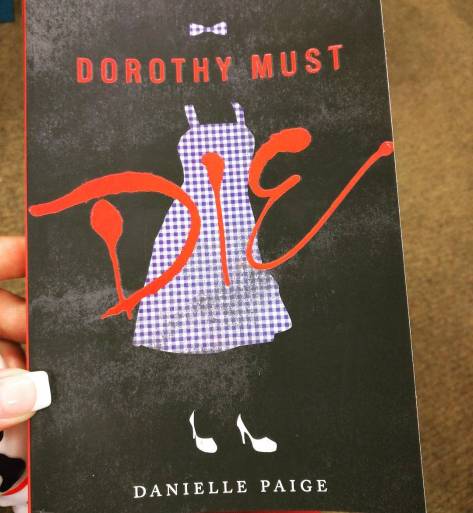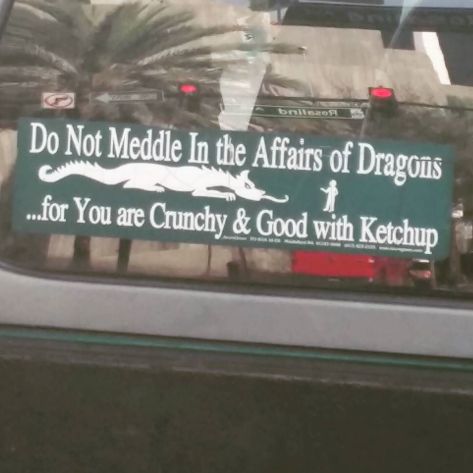https://www.podbean.com/media/share/pb-mefti-14fbe78
We’re kicking off a podcast series called “OutThink the Classics,” part of my own personal quest to contextualize classic pop culture for modern families.
Our first series is “Exploring Evil,” where we will explore the concept of evil in classical kids’ stories. We start this journey with the Wicked Witch of the West– can’t you just hear her theme music now?
Please welcome Family Therapist Lauren Mazzarese and Freelance Arts Manager Lia Kozatch to dig into the iconography and cultural impact of our favorite green witch, and discover some surprising parenting advice along the yellow brick road.
The OutThink Team
Learn more about OutThink Media
Cindy Marie Jenkins, Host & Creative Producer
Lia Kozatch & Lauren Mazzarese, Special Guests
Avi Glijanksy, Podcast Producer
Adam Emperor Southard, Theme Composer (also a fantastic photographer)
Annie Collins, PR & Marketing Manager
Angela Zhong, Logo Designer/OutThink Media
Maria Pasquarelli, Canva Coordinator
Produced by CMJ Communications LLC, DBA OutThink Media
Help us out! Share the trailer here.
Show Notes
1. “How the Bad Guys Teach Kid Empathy,” OutThink Media, 24 October, 2022.
2. Original illustration of Glinda, the Witch of the North, from L. Frank Baum’s The Wonderful Wizard of Oz, 1899.
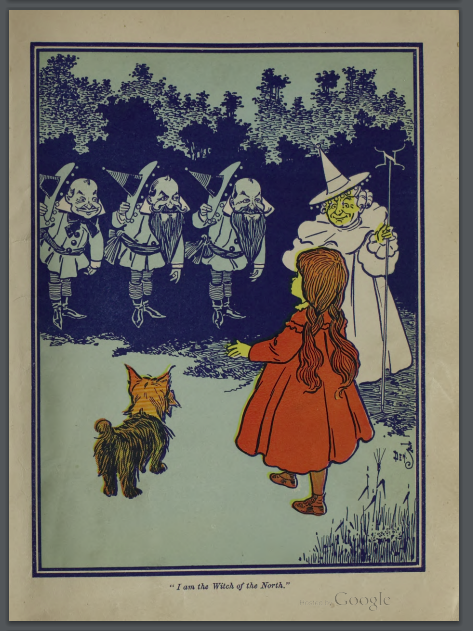
3. Gale Sondergaard’s screen test for the role
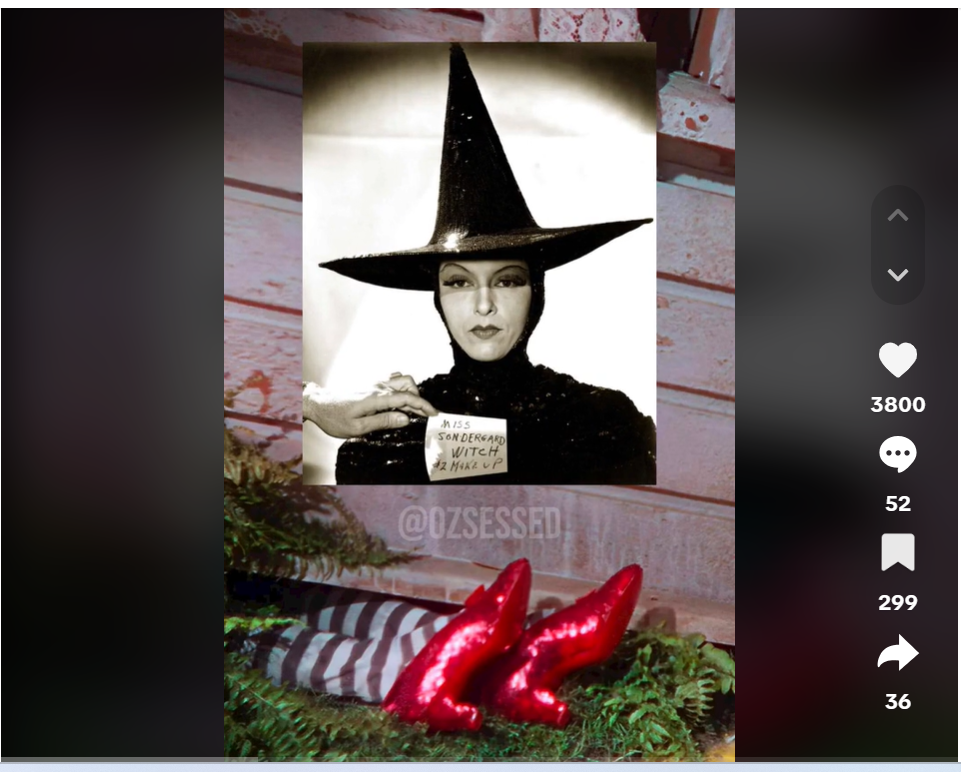
4. “Margaret Hamilton Visits Mister Rogers’ Neighborhood,” Fred Rogers Productions, 31 October 2019.
5. Maguire, Gregory, Wicked: The Life and Times of the Wicked Witch, 1995.
6. Holzman, Winnie and Schwartz, Stephen, Wicked: The Life and Times of the Wicked Witch of the West, 28 May 2003.
7. Coughlin, Sara, “Cauldrons, Broomsticks & Pointy Hats – A Real Witch Explains These Common Symbols,” Refinery 29, 29 October 2019.
8. “Using Kids’ Media to Teach Emotional Language: Charlie Brown,” OutThink Media, 5 November 2022.
9. Francis, Ali, “The Myth of the Evil Stepmother,” BBC Family Tree, 21 November 2022.
10. Griffith, D.W. and Woods, Frank E., The Birth of a Nation, 1915.
11. Van Der Kolk, Bessel, The Body Keeps the Score, 8 September 2015.
Read more
“The Marvels: When the Villain is the Hero of Their Own Story”
Contact Us




